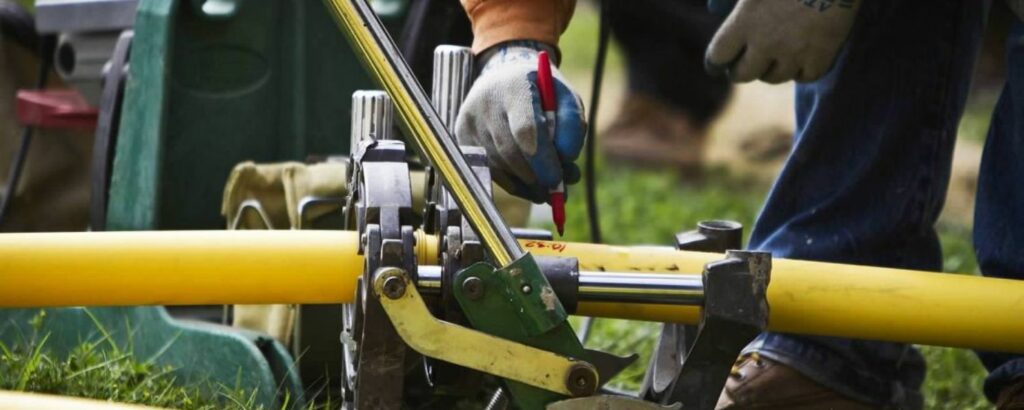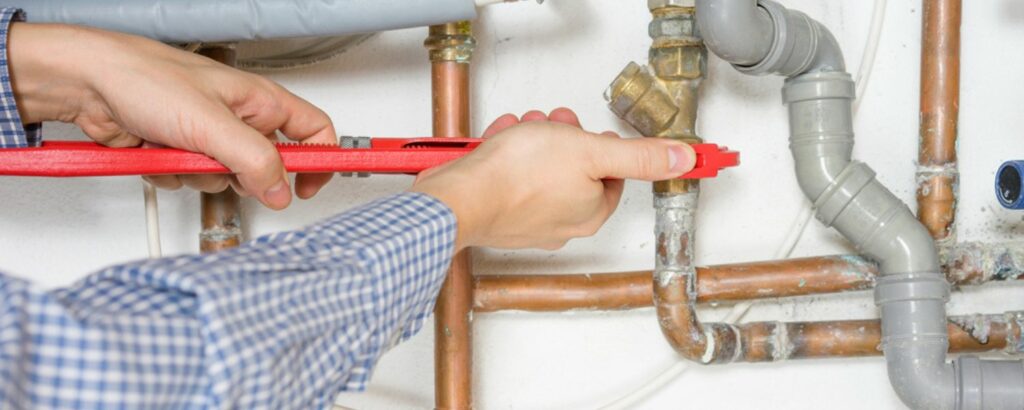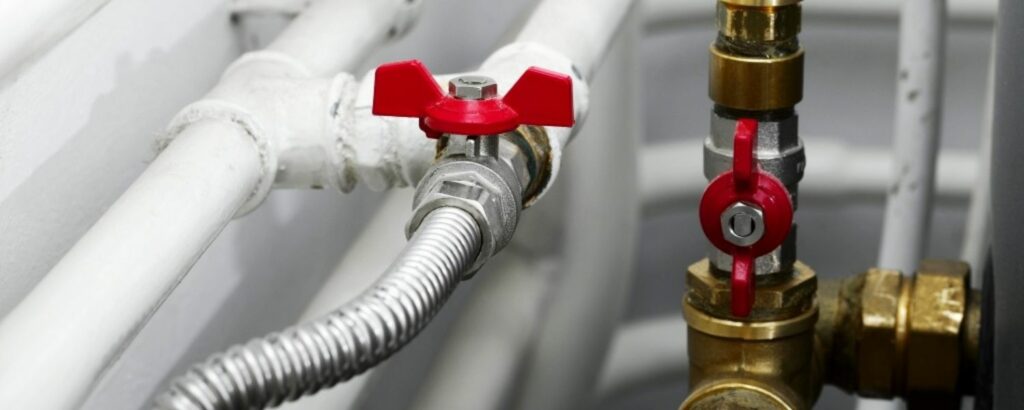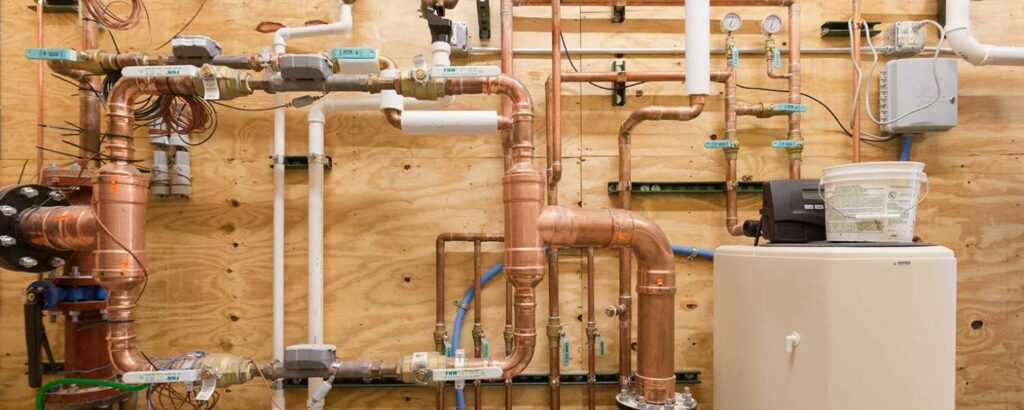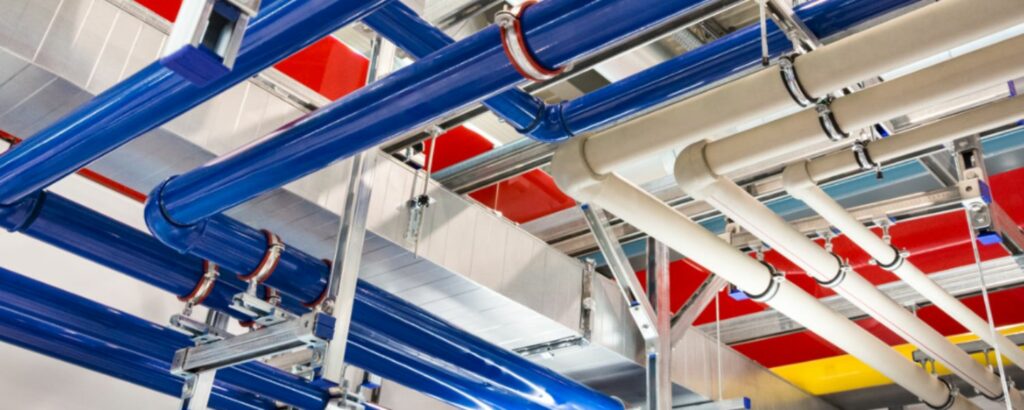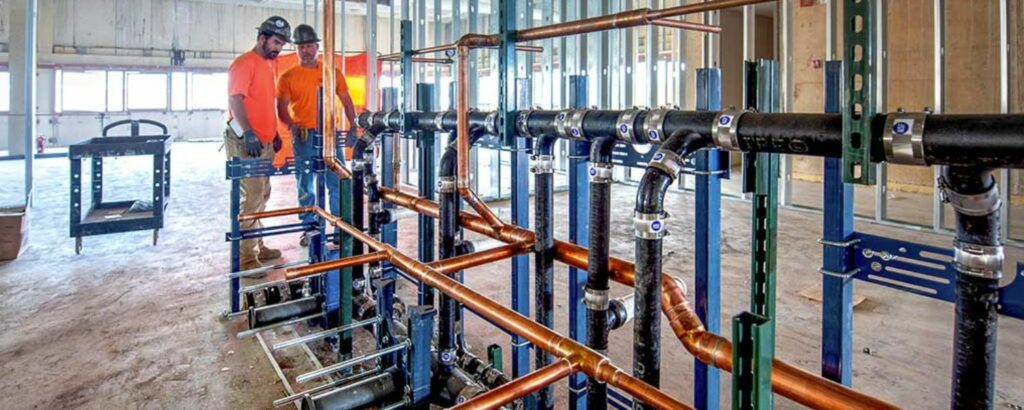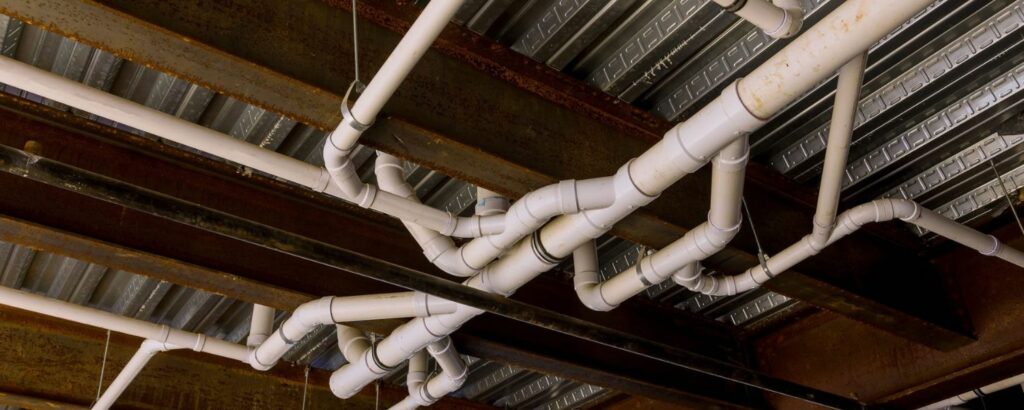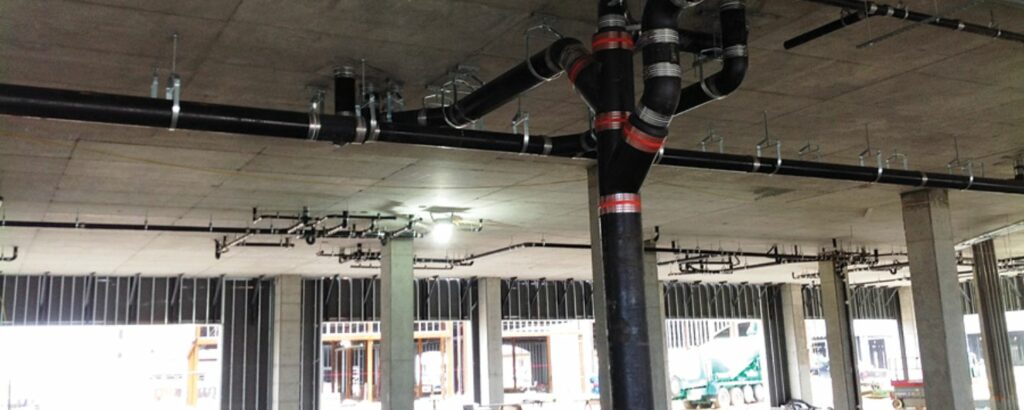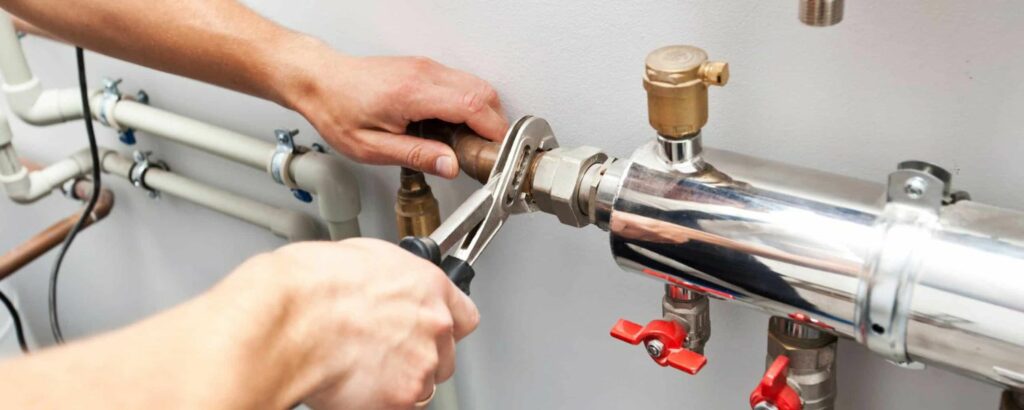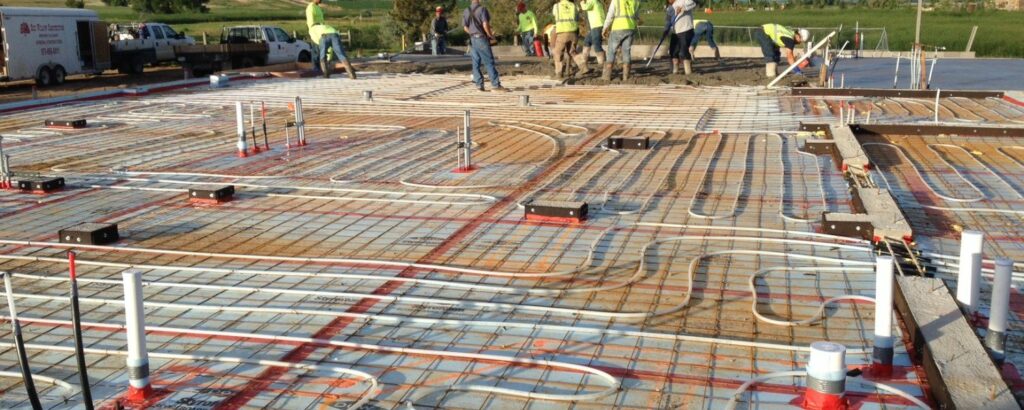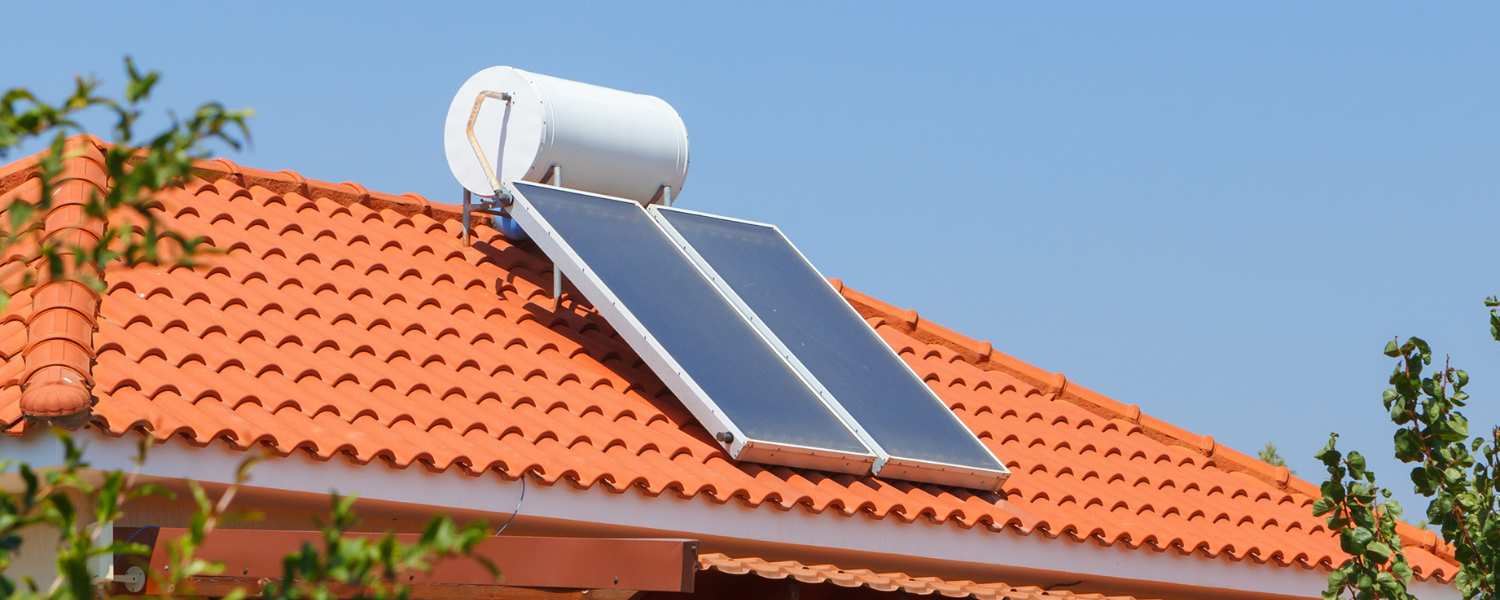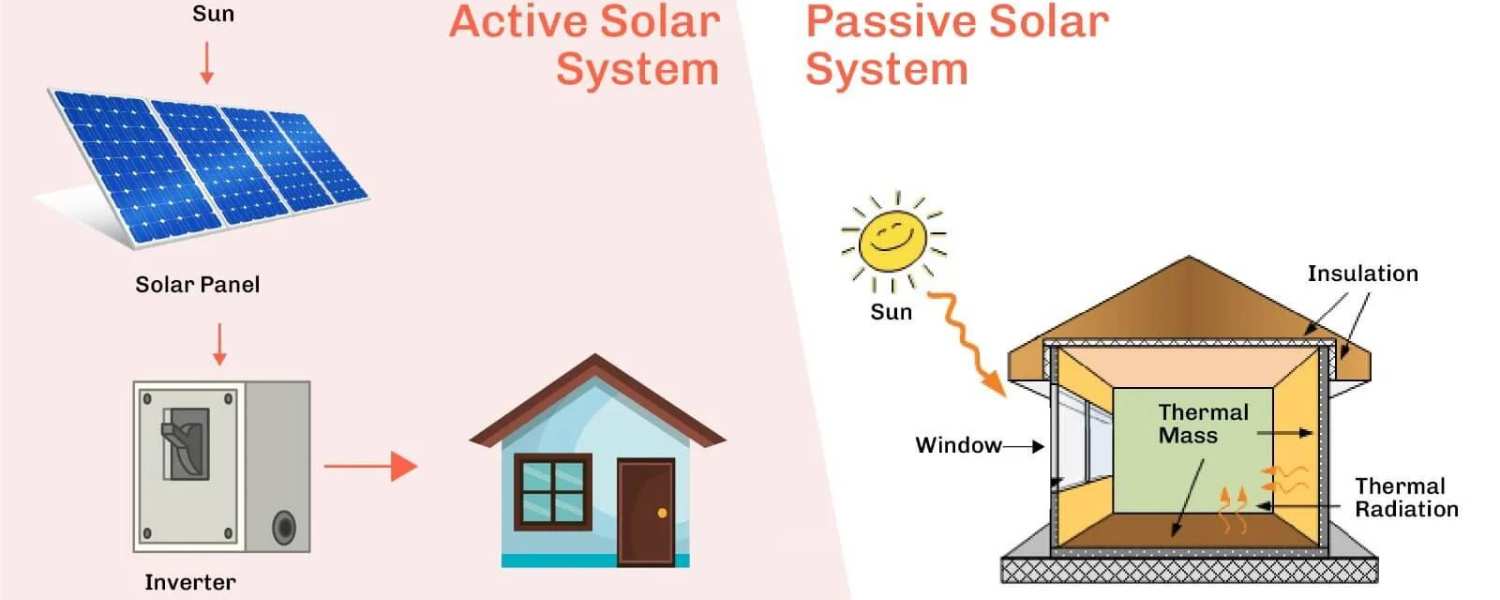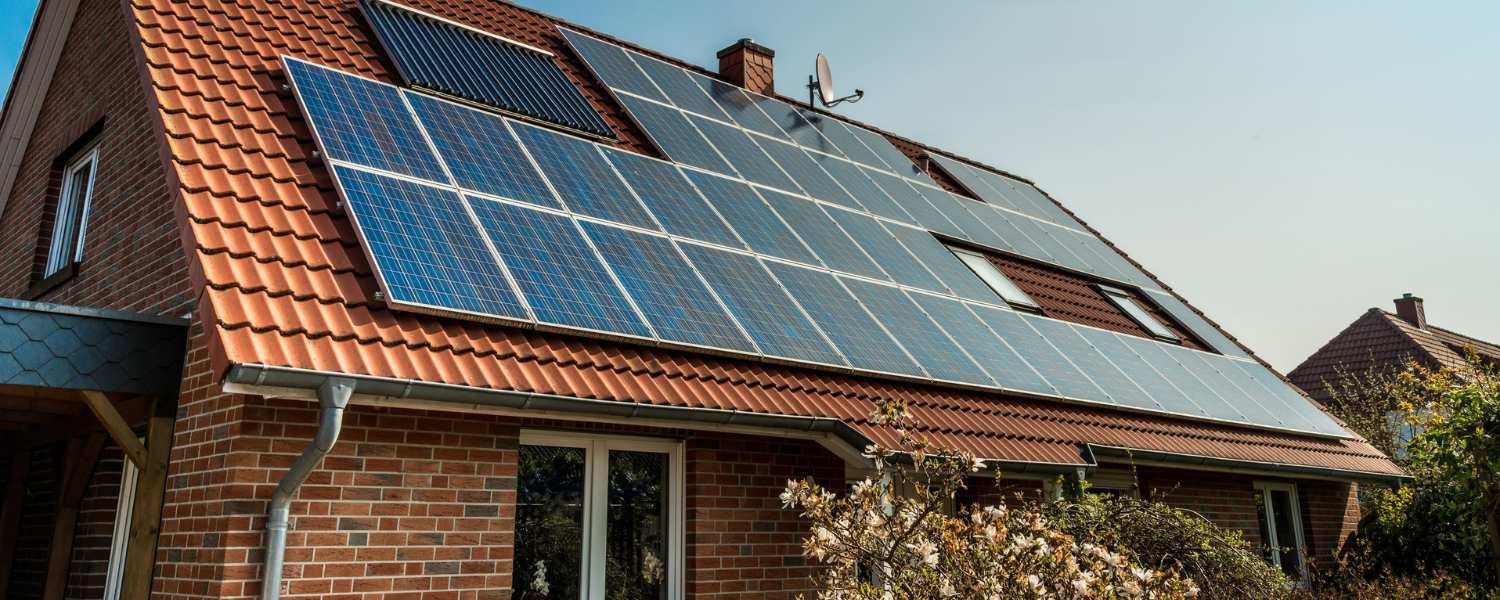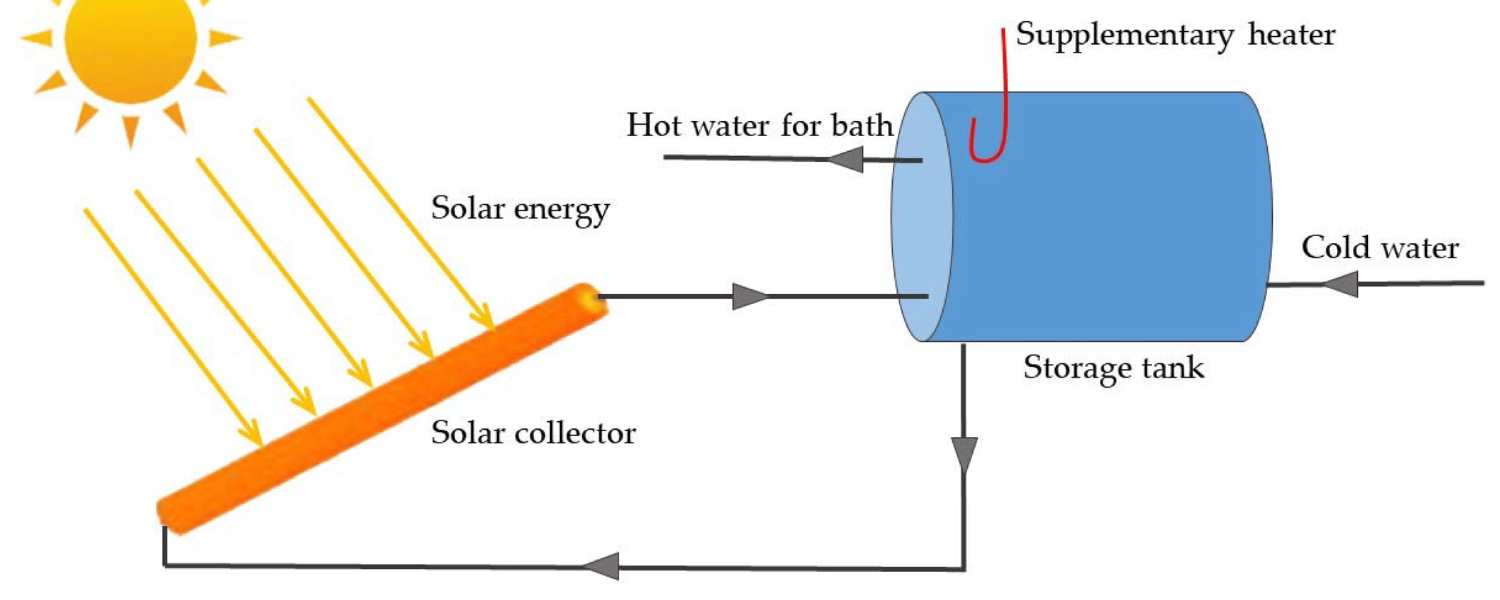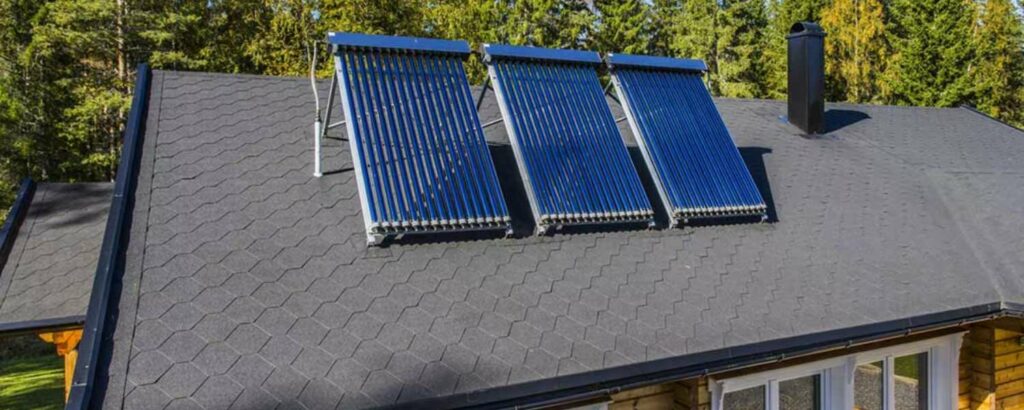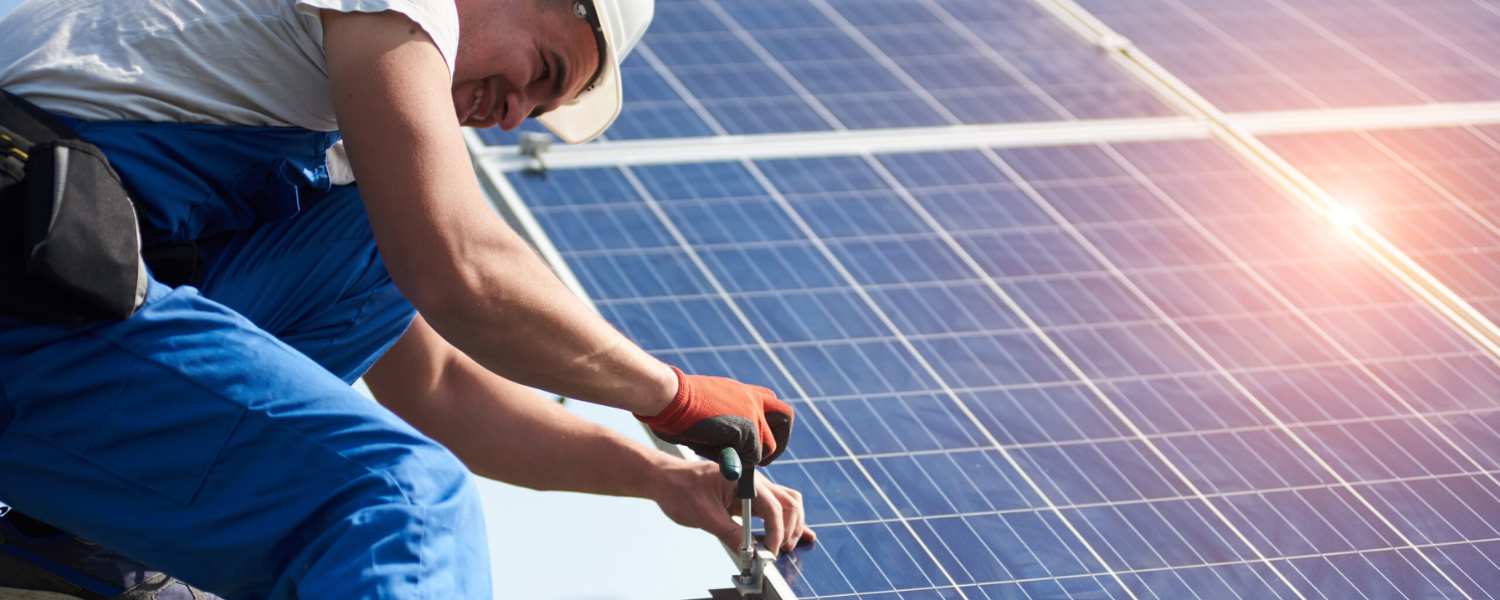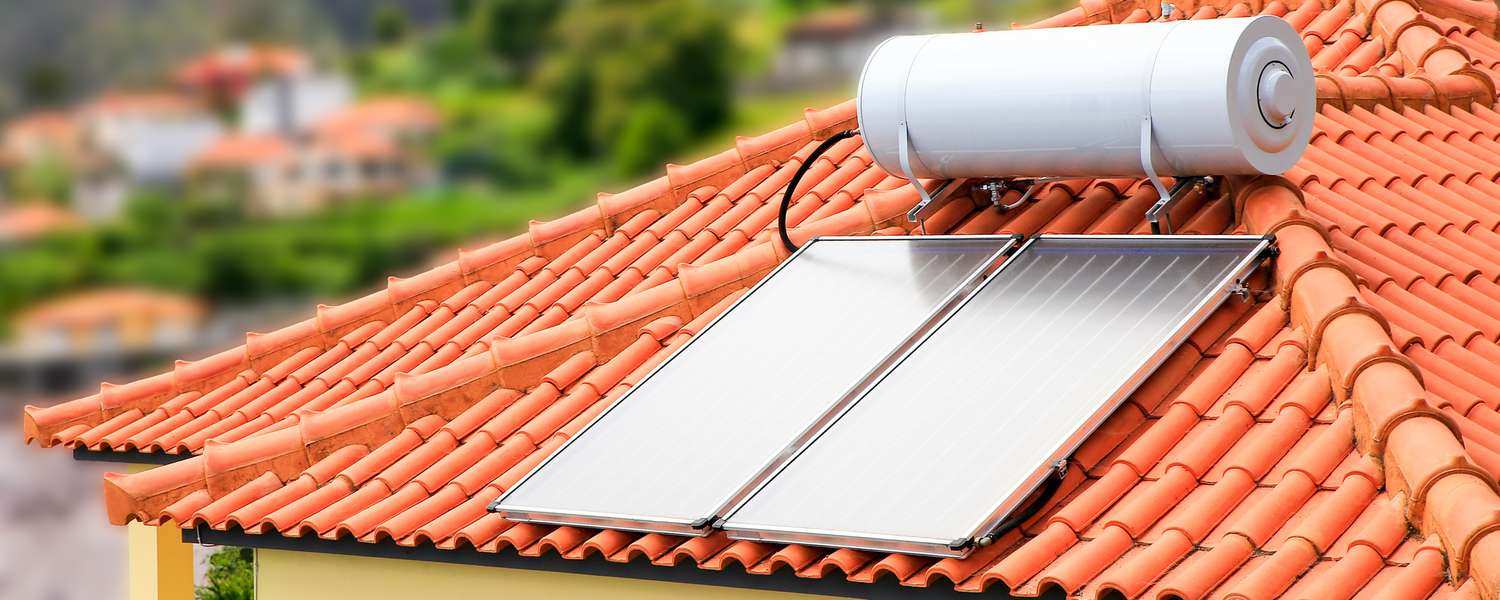Maintaining a property involves more than just keeping it clean and ensuring that everything looks good on the surface of plumbing inspection.
One of the most critical aspects of property maintenance is taking care of its plumbing system.
Regular plumbing inspections are essential to ensure that your property’s plumbing is in top condition, preventing potential issues that could lead to costly repairs and damage.
This article will delve into what a plumbing inspection entails, why it’s crucial, who can perform it, the different types of inspections, what’s included, the costs involved, and how often you should have your plumbing inspected.
1. What is a plumbing inspection?
A plumbing inspection is a thorough examination of a property’s plumbing system. This includes checking pipes, drains, fixtures, and other components to ensure they are functioning correctly and are in good condition.
The goal of a Plumbing Inspection is to identify issues or potential problems before they escalate.
This proactive approach helps maintain the integrity of the plumbing system, preventing unexpected breakdowns and costly repairs.
Trust our plumbing and heating services for a thorough assessment and peace of mind.
2. Why Should You Get a Plumbing Inspection?
There are several reasons why regular plumbing inspections are crucial for property maintenance:
A. Prevent Costly Repairs
Early detection of minor issues can prevent them from becoming significant problems that require expensive repairs.
B. Ensure Safety
Faulty plumbing can lead to water damage, mold growth, and even structural damage, which can pose health and safety risks.
C. Increase Property Value
A well-maintained plumbing system enhances the value of your property, making it more attractive to potential buyers.
D. Improve Efficiency
Identifying and fixing leaks or inefficient components can reduce water wastage and lower utility bills.
E. Compliance with Regulations
Regular inspections ensure that your plumbing system complies with local building codes and regulations.
3. Who Can Do a Plumbing Inspection?
Plumbing inspections should be conducted by licensed and experienced professionals, including water heater maintenance experts.
In Surrey, you can hire plumbing inspection services that have the necessary expertise and equipment to perform a thorough inspection.
Similarly, plumbing inspection Toronto services are available to ensure your plumbing system is in top shape.
It’s essential to hire certified inspectors who are knowledgeable about local codes and standards to ensure the inspection is done correctly and comprehensively.
4. What Types of Plumbing Inspections Are There?
There are several types of plumbing inspections, each serving a specific purpose:
A. Visual Inspection
This is the most common type, where the inspector visually examines the plumbing system for any obvious issues such as leaks, corrosion, or damage.
B. Camera Inspection
This involves using a specialized camera to inspect the inside of pipes and drains. It’s particularly useful for detecting blockages and internal pipe damage.
C. Pressure Testing
This test checks for leaks in the plumbing system by pressurizing the pipes and observing for any drops in pressure.
D. Sewer Line Inspection
This type of inspection focuses on the sewer line to ensure it’s clear of blockages and functioning correctly.
E. Underground Plumbing Inspection
This involves inspecting the plumbing systems that are buried underground, often using advanced tools like ground-penetrating radar.
5. What’s Included in a Plumbing Inspection?
A comprehensive plumbing inspection typically includes the following:
A. Inspection of Pipes and Fittings
Checking for leaks, corrosion, and damage.
B. Examination of Fixtures
Ensuring that faucets, showers, toilets, and other fixtures are functioning correctly and are free from leaks.
C. Drainage System Check
Verifying that drains are clear and free-flowing.
D. Water Heater Inspection
Checking the condition and functionality of the water heater.
E. Sewer Line Inspection
Ensuring that the sewer line is free from blockages and damage.
F. Water Pressure Test
Testing the water pressure to ensure it’s within the normal range.
G. Inspection of Valves and Backflow Prevention Devices
Ensure your home’s plumbing system is in top shape with a comprehensive Plumbing Inspection and water heater service.
Detect leaks, clogs, and potential issues early, ensuring that all valves are operational and backflow prevention devices are working correctly.
The home plumbing inspection checklist provided by your inspector will detail all these areas and highlight any issues that need attention.
6. How Much Will a Plumbing Inspection Cost?
The cost of inspection can vary depending on several factors, including the size of the property, the complexity of the plumbing system, and the location.
On average, a plumbing inspection cost can range from $150 to $500.
In Surrey, plumbing inspection Surrey services might have different pricing compared to Toronto plumbing inspection services due to regional cost differences.
It’s advisable to get quotes from multiple inspectors to compare prices and services offered.
7. How Often Should You Have Plumbing Inspected?
Regular plumbing inspections are crucial for maintaining the health of your plumbing system.
It’s generally recommended to have a plumbing at least once a year. However, certain factors might necessitate more frequent inspections:
A. Older Homes
If your property is older, more frequent inspections might be necessary due to the age and potential wear and tear of the plumbing system.
B. Previous Plumbing Issues
If you’ve had plumbing problems in the past, it’s wise to have more regular inspections to ensure no new issues have arisen.
C. Before Buying or Selling a Property
A thorough inspection should be part of the process when buying or selling a property to ensure everything is in good condition.
Conclusion
Regular plumbing inspections are a crucial aspect of property maintenance. They help prevent costly repairs, ensure safety, increase property value, improve efficiency, and ensure compliance with regulations.
By understanding what a plumbing inspection entails, why it’s important, who can perform it, the different types of inspections.
What’s included, the costs involved, and how often to schedule them, you can take proactive steps to maintain your property’s plumbing system.
Whether you’re in Surrey, Toronto, or Edmonton, professional plumbing inspection services are available to help you keep your plumbing system in top condition.
Remember, a small investment in regular inspections can save you significant time, money, and stress in the long run.
So, make sure to schedule your next plumbing inspection and keep your property well-maintained and safe.
Life Mechanical provides comprehensive inspection services to ensure your plumbing system is in top condition.
Their skilled professionals use advanced tools and techniques to detect issues early, preventing costly repairs and enhancing property value.
Trust Life Mechanical for reliable and thorough plumbing inspections in Surrey and beyond.


